New slang words are invented everyday. However, there are some great words that have existed for centuries that we've already forgotten about. So instead of thinking up new words to add to the dictionary, you should try using some of the old ones. Here are a few of the best words from the 1800s that we should bring back:
1. Damfino
 This is a slang word that used to be used all the time. It's a shortened version of "damned if I know." It's what you'd say if you had no idea how to answer someone's question.
This is a slang word that used to be used all the time. It's a shortened version of "damned if I know." It's what you'd say if you had no idea how to answer someone's question.2. Podsnappery
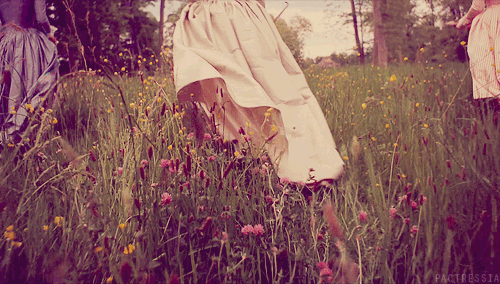 This is "an attitude toward life marked by complacency and a refusal to recognize unpleasant facts." It can also be described as a "wilful determination to ignore the objectionable or inconvenient."
This is "an attitude toward life marked by complacency and a refusal to recognize unpleasant facts." It can also be described as a "wilful determination to ignore the objectionable or inconvenient."3. Bricky
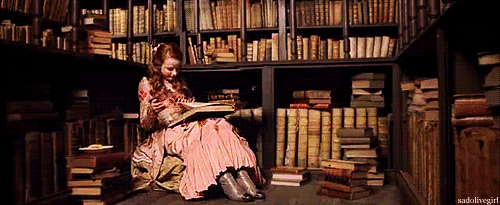 Instead of saying that someone is "brave," you can say that they're "bricky." It means that they're strong, like a brick wall.
Instead of saying that someone is "brave," you can say that they're "bricky." It means that they're strong, like a brick wall.4. Chuckaboo
 This is a form of affection. It's something that you could call your friend. So if you're sick of saying "bro" and "pal," you can say "chuckaboo" instead.
This is a form of affection. It's something that you could call your friend. So if you're sick of saying "bro" and "pal," you can say "chuckaboo" instead.5. Ruffles
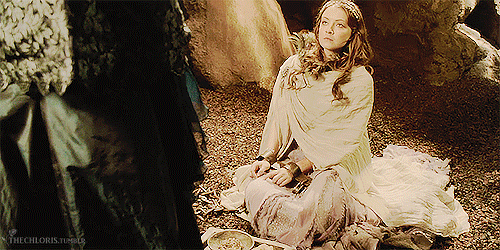 This was the word for "handcuffs." It sound a whole lot nicer than the word we use, doesn't it?
This was the word for "handcuffs." It sound a whole lot nicer than the word we use, doesn't it?6. Lush
 This meant "an alcoholic drink." That shouldn't be all that hard to remember, because nowadays the word means, "one who becomes intoxicated after a few drinks and flirts with everyone."
This meant "an alcoholic drink." That shouldn't be all that hard to remember, because nowadays the word means, "one who becomes intoxicated after a few drinks and flirts with everyone."7. Mafficking
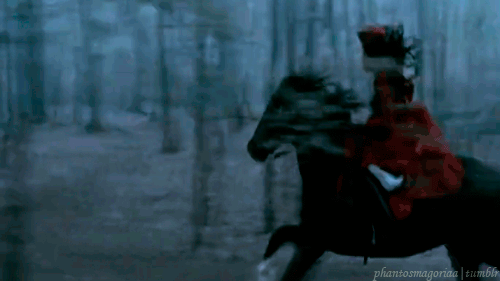 This is "getting rowdy in the street." Others describe it as "rejoicing or celebrating with boisterous public demonstrations."
This is "getting rowdy in the street." Others describe it as "rejoicing or celebrating with boisterous public demonstrations."8. Caper
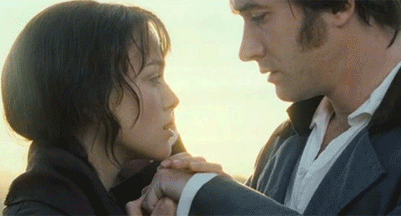 You might know what this word means, because it's occasionally used nowadays. It's another word for "a criminal."
You might know what this word means, because it's occasionally used nowadays. It's another word for "a criminal."9. Dewskich
 This is a nice way of saying "a beating." So the next time you get angry at one of your friends, tell them that you're going to give them a dewskich and see how confused they get.
This is a nice way of saying "a beating." So the next time you get angry at one of your friends, tell them that you're going to give them a dewskich and see how confused they get.10. Dipper
 This is an old word for "pickpocket." It makes sense, because in order to steal from someone, you'd need to dip your hand into their pocket.
This is an old word for "pickpocket." It makes sense, because in order to steal from someone, you'd need to dip your hand into their pocket.11. Dollymop
 This is a word used to describe a "a prostitute, often an amateur or a part-time street girl." It's an insult that you can throw around whenever you're in a bad mood.
This is a word used to describe a "a prostitute, often an amateur or a part-time street girl." It's an insult that you can throw around whenever you're in a bad mood.12. Knap
 You can probably guess what this word is. It means "to steal." That's why people who steal children are called kidnappers.
You can probably guess what this word is. It means "to steal." That's why people who steal children are called kidnappers.13. Lamps
 This is a word used to describe "eyes." After all, when you're happy, your eyes will light up just like a lamp does.
This is a word used to describe "eyes." After all, when you're happy, your eyes will light up just like a lamp does.14. Ladybird
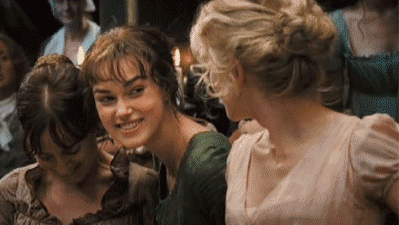 This is another word for "prostitute." Of course, there are plenty of other words used to describe them, like "a Judy."
This is another word for "prostitute." Of course, there are plenty of other words used to describe them, like "a Judy."15. Lakin
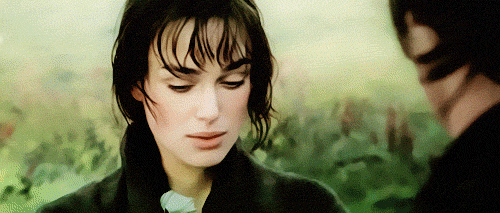 This word means, "wife." So if you're married, you can ask your husband to call you by this word.
This word means, "wife." So if you're married, you can ask your husband to call you by this word.16. Snowing
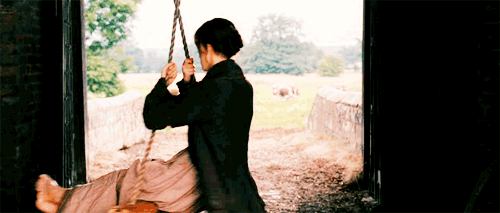 This is when someone steals clothes that "have been hung out to dry." It happened frequently back then, which is why the word was used more commonly than you might think.
This is when someone steals clothes that "have been hung out to dry." It happened frequently back then, which is why the word was used more commonly than you might think.17. Gatter
 This simply means "an alcoholic drink." So ask for one the next time you visit a bar.
This simply means "an alcoholic drink." So ask for one the next time you visit a bar.There are hundreds of words in the English language, and you should make it your mission to learn as many of them as possible! What other words do you think we should bring back?
Sources: tlucretius.net and mentalfloss.com
Frequently Asked Questions
- What are some words from the 1800s?
- Words from the 1800s include terms like 'fandangle' meaning something ornamental or unnecessary, 'lollygag' meaning to spend time aimlessly, and 'brabble' which refers to a petty argument.
- Why should we use old words from the 1800s?
- Using old words from the 1800s can be fun and add flavor to our language. It also helps keep the history of language alive and allows us to experience the charm and character of past communication styles.
- How can I learn old 1800s words?
- You can learn old 1800s words by reading literature from that period, looking up historical word lists, or by using resources like historical dictionaries and websites dedicated to archaic language.
- Are words from the 1800s still relevant today?
- While not all words from the 1800s are commonly used today, many of them are still relevant and can be understood in context. They can add a playful or nostalgic element to modern conversation.
- Can using old words improve my vocabulary?
- Yes, incorporating old words into your everyday language can greatly expand your vocabulary and improve your understanding of how words evolve over time.
- How can I incorporate old words into my daily conversation?
- You can start by choosing a few old words you like and using them in place of their modern equivalents or when they fit the situation. Practice them with friends or include them in writing to get comfortable.
- Is it appropriate to use 1800s words in professional settings?
- It depends on the setting and the word. Some old words may be seen as whimsical and not suitable for formal or professional conversation, while others have retained their seriousness and can be used appropriately.
- Are there any 1800s words related to food I can use?
- Yes, there are many archaic words related to food, such as 'kickshaw' for a fancy but insubstantial dish, or 'slumgullion' for a watery stew.
- Can old words from the 1800s make my writing more interesting?
- Definitely! Using old words can give your writing a unique and engaging flair. It can also set a specific tone or time period in creative works.
- Will people understand me if I use 1800s words?
- Some might, especially within context, but it’s possible others may not. It's important to make sure that the people you’re communicating with can follow, so you may have to explain the meanings of the words you use.